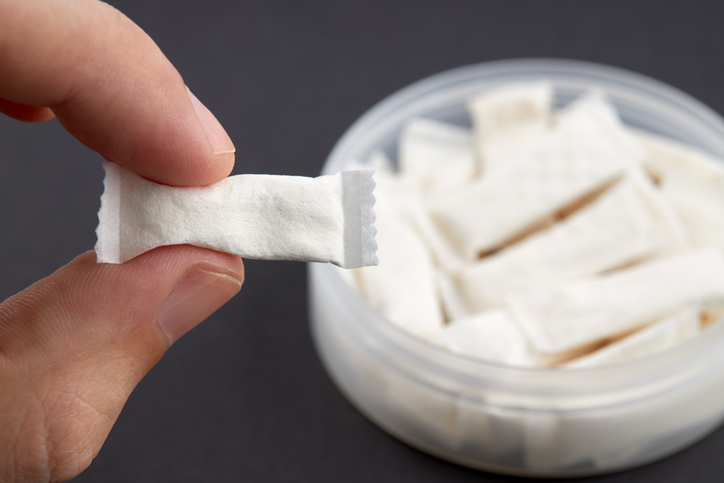Intrauterine devices (IUDs) are one of the most popular birth control options out there. These small T-shaped devices are over 99% effective, low-maintenance and long-lasting (3 – 10 years depending on the type). This makes IUDs a great “set it and forget it” option.
Two main types of IUDs
- Hormonal IUDs (like Mirena, Kyleena, Liletta, Skyla): These slowly release a tiny amount of the hormone progestin. This helps prevent pregnancy by thickening cervical mucus and blocking ovulation. (Bonus: Many people also notice lighter periods or no periods at all!)
- Copper IUD (Paragard): This hormone-free option works by creating an environment that’s toxic to sperm. It can last up to 10 years, but some people notice heavier periods at first.
How are IUDs inserted?
The actual IUD placement takes just a few minutes in your doctor’s office. The IUD, which is folded up inside a thin tube, is slid through your cervix into your uterus. The IUD then opens into its “T” shape, the strings are trimmed and you’re done! Your doctor may use an ultrasound to make sure it’s in the right place.
Does getting an IUD hurt?
“Pain is different for everyone. Some people just feel mild cramping, while the pain might be more intense for others,” says Jaclyn D. Nunziato, MD. This can depend on things like your anatomy and whether you’ve given birth before.
You might notice:
- Cramping when your cervix is opened
- A sharp twinge when the IUD goes in
- Dizziness during insertion
- Achy cramps for a few hours or days after
Pain management options
You don’t have to just tough it out. Dr. Nunziato notes that there are several options to make insertion easier:
- Over-the-counter pain meds – Ibuprofen (Advil, Motrin) or naproxen (Aleve) an hour before can help
- Local anesthesia – Your doctor can give you an injection to numb your cervix
- Anxiety management – Deep breathing, bringing your favorite music or having a support person tag along can help. Your doctor may also prescribe medication to help you relax before the procedure.
Be sure to talk with your doctor about a personalized pain management plan before your appointment.
What to expect after IUD insertion
If you can, take it easy right after getting an IUD. Heat pads, rest and pain meds can help with any discomfort. Most people are back to normal activities within a day or 2. Cramps and light spotting are normal for a few days or even weeks.
Once your body has adjusted to the IUD, you likely won’t even know it’s there!
When to call your doctor
“You know your body best. It’s important to talk to your doctor if you feel like something isn’t right,” says Dr. Nunziato. Reach out if you have:
- Severe pain that doesn’t get better
- Heavy bleeding
- Fever, chills or unusual discharge
- IUD strings that feel too long or you can’t find the strings at all
If you have questions or are interested in getting an IUD, reach out to your primary care doctor or OB/GYN.

